In Part 1[1] of a series of articles regarding watch collection rules, I mentioned the importance of following your own set of rules for this hobby. In this second installment of the series, I shall explain another rule that I follow: category types.
I classify watches into six categories: (1) dress watches; (2) diving watches; (3) sports watches; (4) chronograph watches; (5) dual time watches; and (6) specialty watches. Do note that this is my own classification. You may want to follow the more commonly accepted definitions or you may want to create your own. Below are some examples of watches classified in their respective categories as I defined them.
| Dress watches | 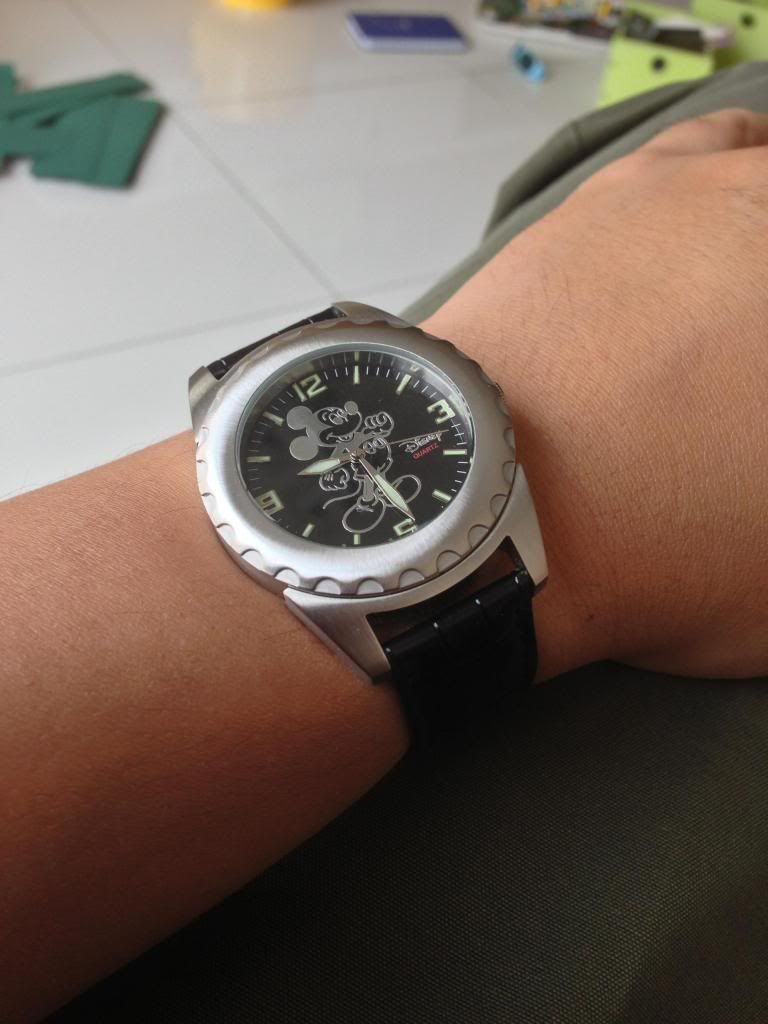 | 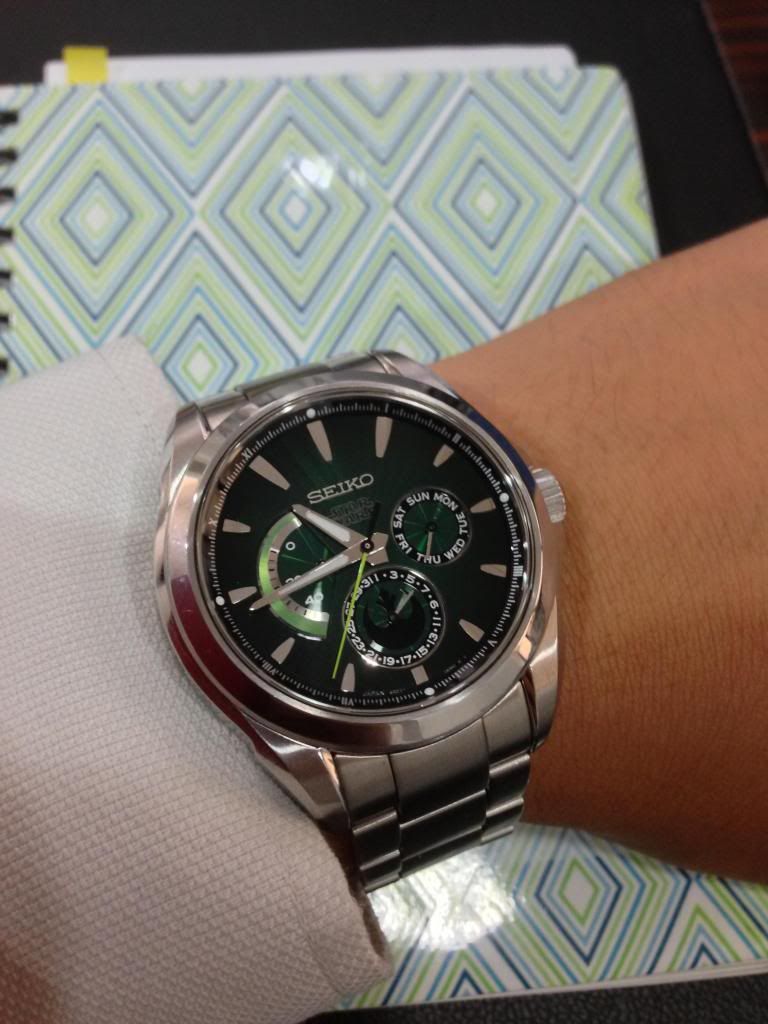 | 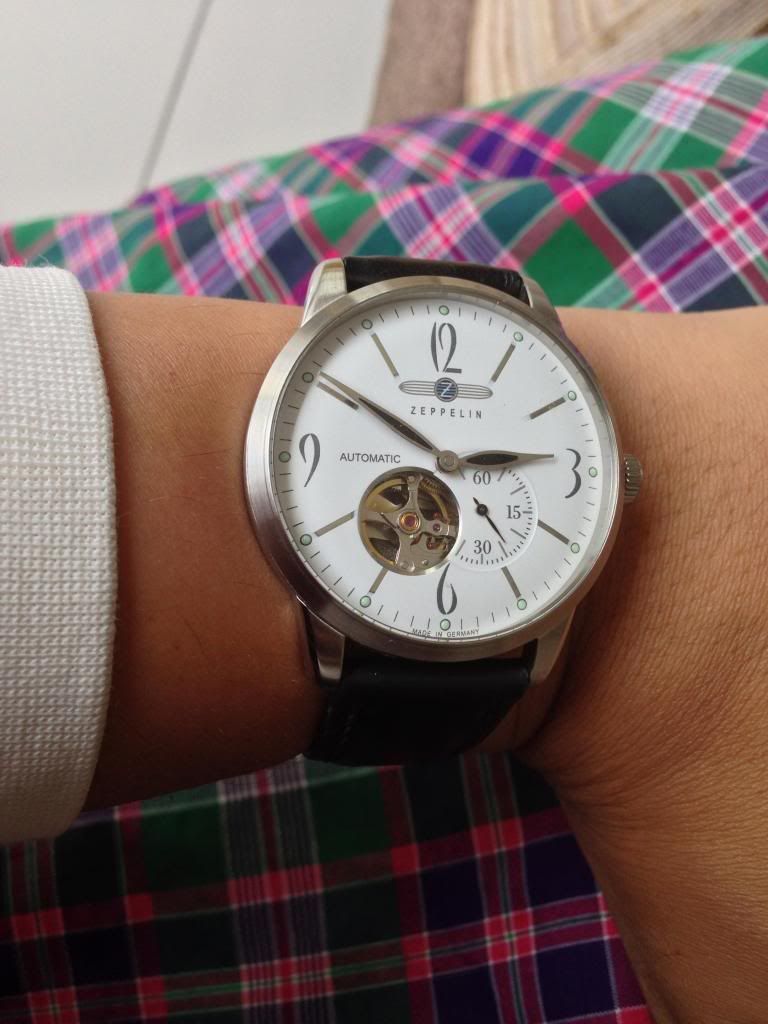 |
| Diving watches | 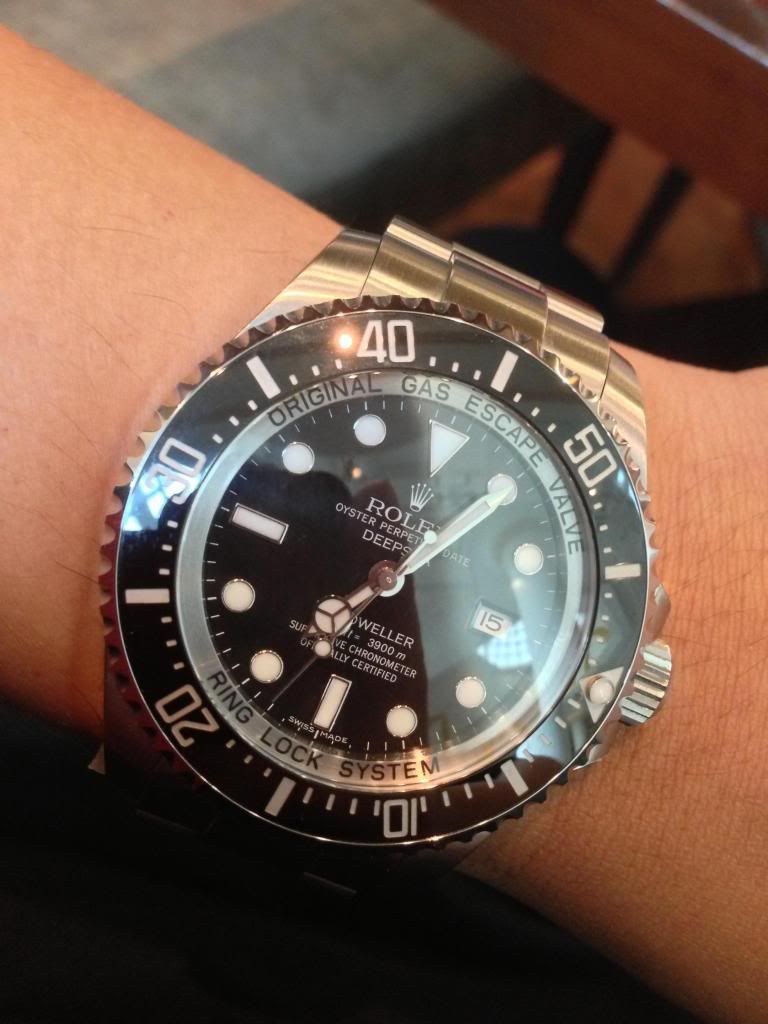 | 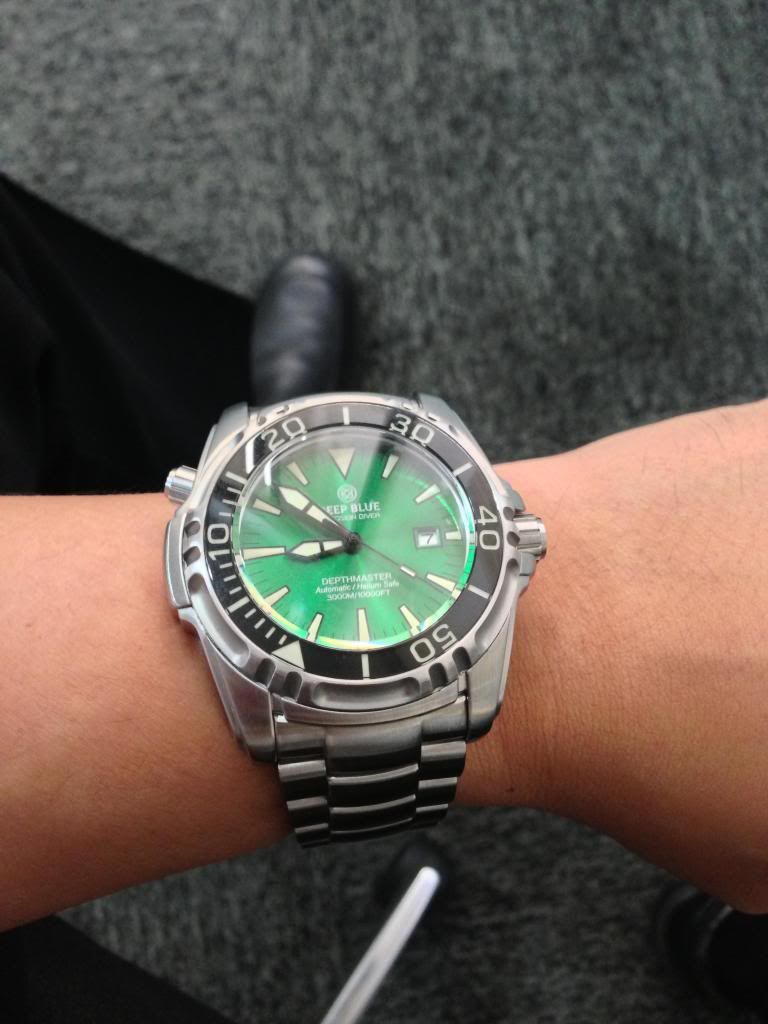 | 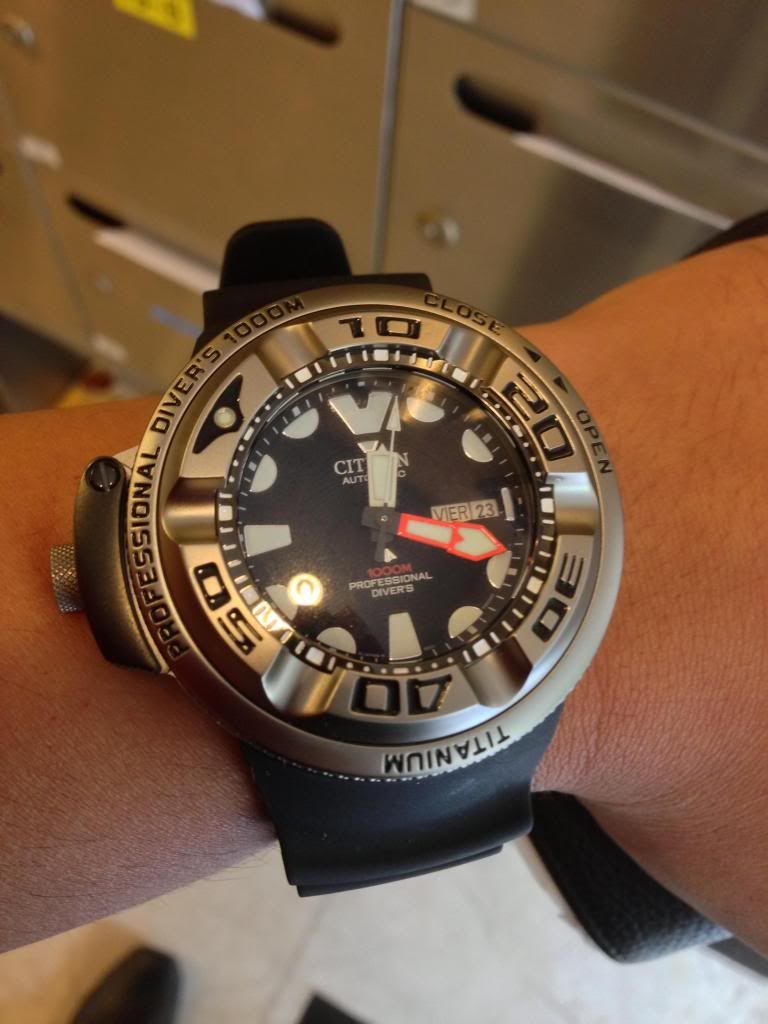 |
| Sports watches | 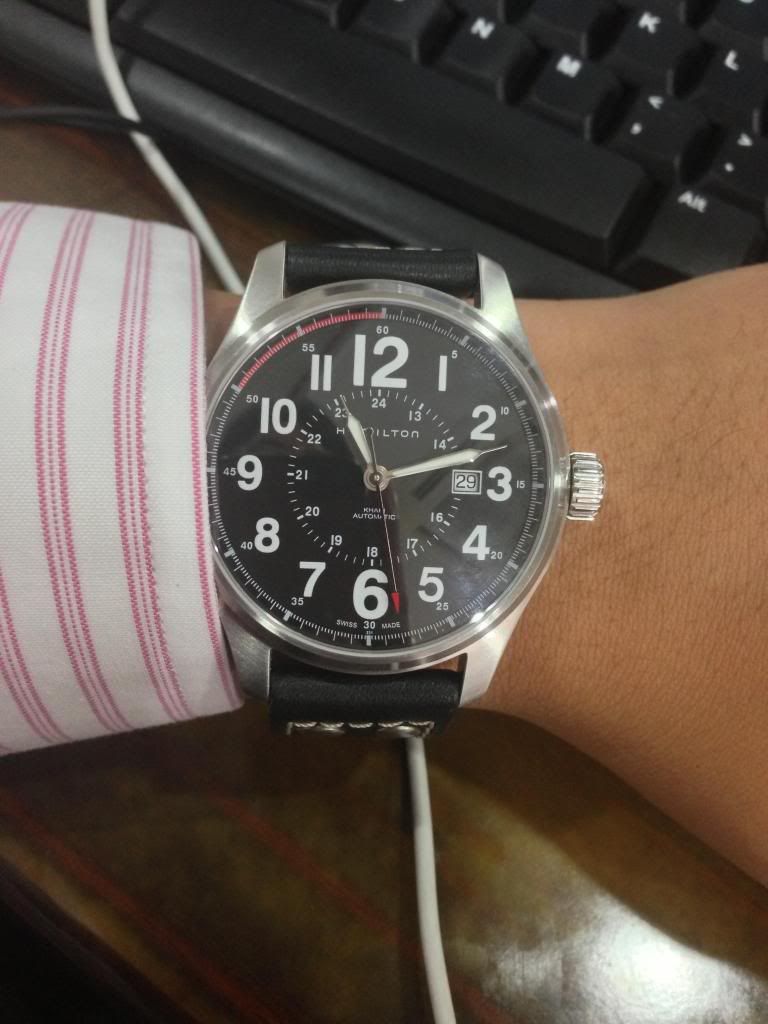 |  |  |
| Chronograph watches | 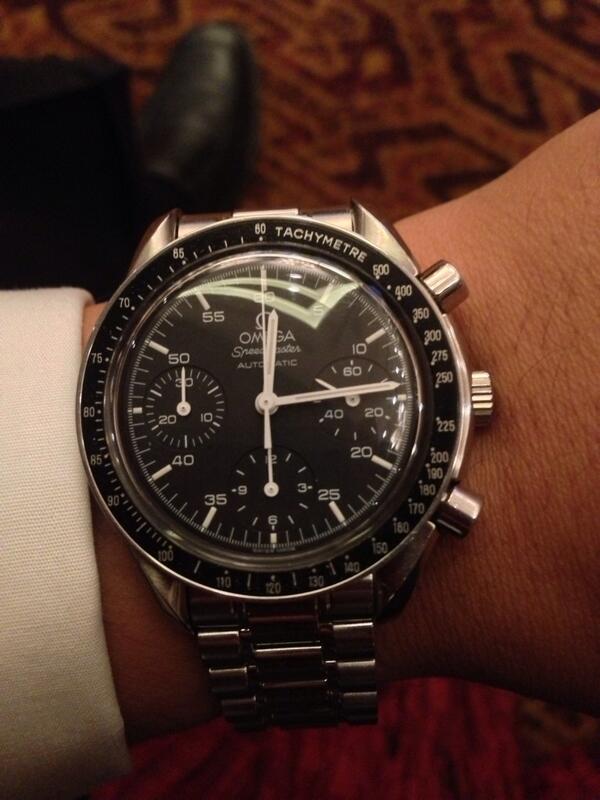 |  | 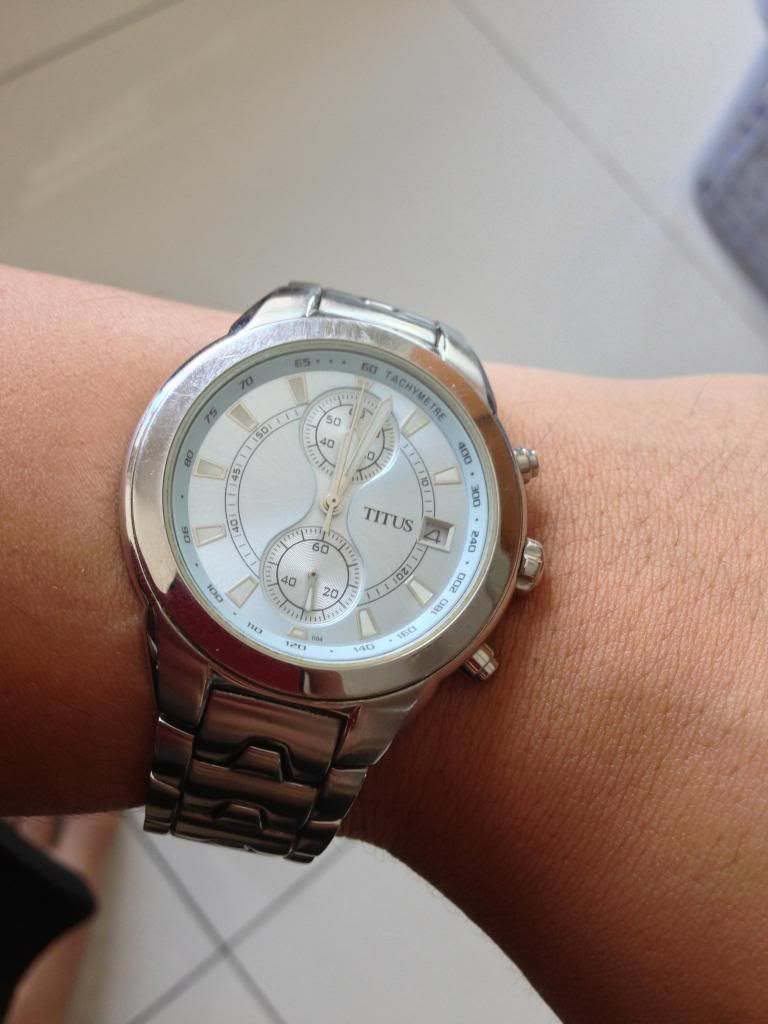 |
| Dual time watches |  | 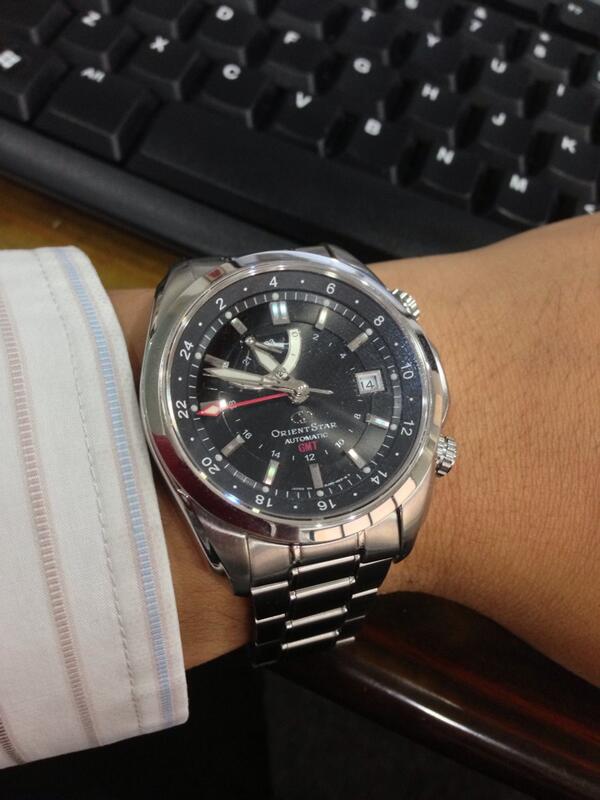 |  |
| Specialty watches | 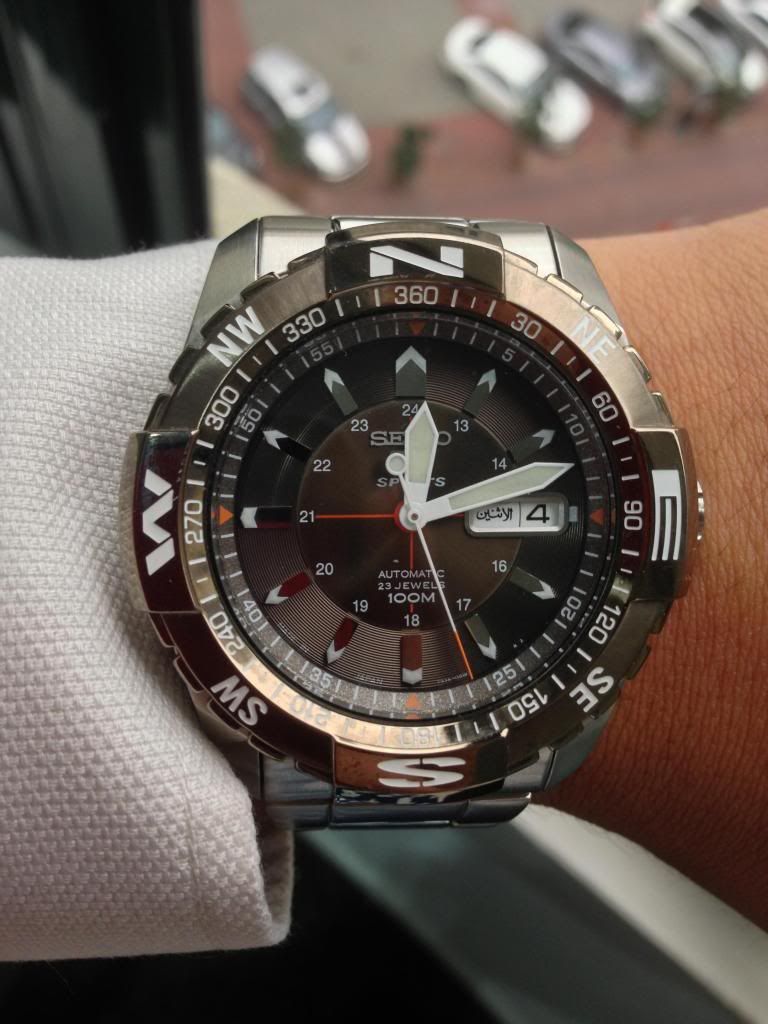 | 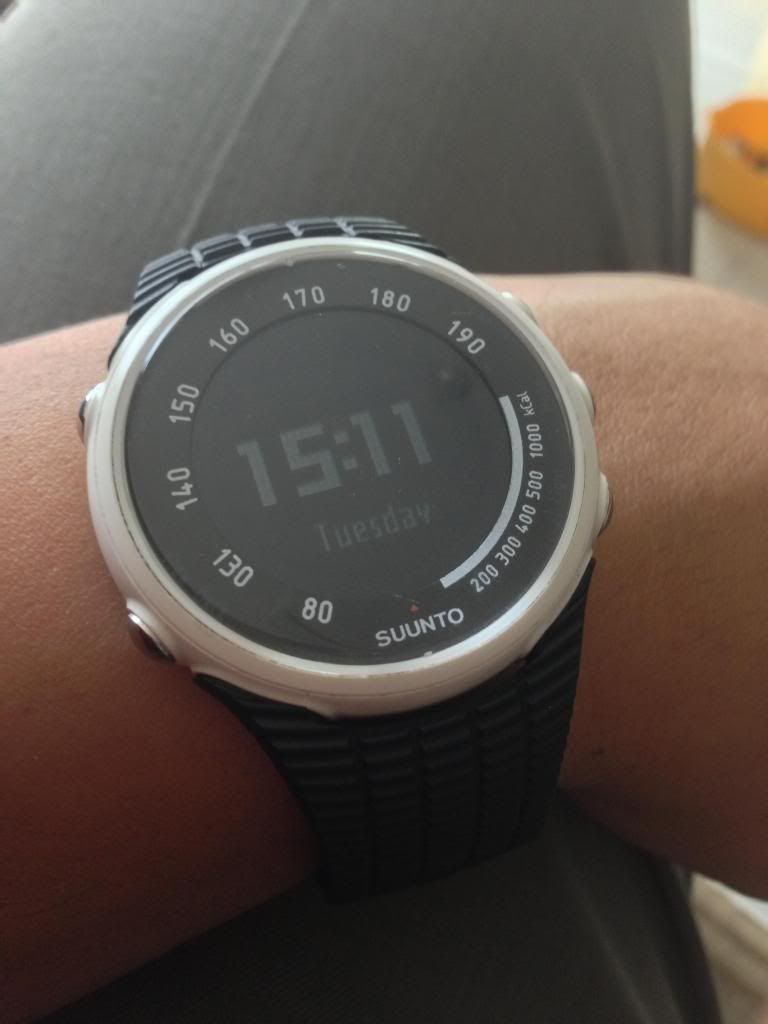 |  |
For me a dress watch is defined as a watch that does not have any other purpose than to adorn your wrist for formal functions. It is elegant and not built primarily to withstand high impact activities. Generally a thin watch with permanent bezel; either in bracelet or leather straps will qualify under this category.
A diving watch is much easier to categorize. Watch manufacturers would design their respective divers to fulfill the ISO6425 divers’ watch compliant requirements.
A chronograph watch is also easier to categorize. As its name suggest, a watch with a chronograph function will automatically comply with the definition of this sub-group.
However, if a watch has additional complications that are unique, it should fall into the specialty watch grouping instead. This rule also applies to dual time watches. Any extra functionalities and it should fall into the specialty watch grouping as well. Examples of what can be classified as a specialty watch are watches with stop watch capabilities, compass orientation, altitude indication, temperature measurements, among others.
A trickier grouping is what I would define as a sports watch. These are watches primarily designed to withstand high impact activities. In this case, commonly defined military watches and pilot watches are included in this group. However, watches defined by most but comes with a compass reference bezel should be classified as a specialty watch. Reason; such a complication is unique.
Should you follow my way of categorization? No, you don’t have to. It is your choice to create your own definitions. It is important that you do so as it will create an identity to your collection.
A diving watch is much easier to categorize. Watch manufacturers would design their respective divers to fulfill the ISO6425 divers’ watch compliant requirements.
A chronograph watch is also easier to categorize. As its name suggest, a watch with a chronograph function will automatically comply with the definition of this sub-group.
However, if a watch has additional complications that are unique, it should fall into the specialty watch grouping instead. This rule also applies to dual time watches. Any extra functionalities and it should fall into the specialty watch grouping as well. Examples of what can be classified as a specialty watch are watches with stop watch capabilities, compass orientation, altitude indication, temperature measurements, among others.
A trickier grouping is what I would define as a sports watch. These are watches primarily designed to withstand high impact activities. In this case, commonly defined military watches and pilot watches are included in this group. However, watches defined by most but comes with a compass reference bezel should be classified as a specialty watch. Reason; such a complication is unique.
Should you follow my way of categorization? No, you don’t have to. It is your choice to create your own definitions. It is important that you do so as it will create an identity to your collection.
This comment has been removed by the author.
ReplyDeleteCorporate Dress Watch is one of the most important part of office people.
ReplyDelete